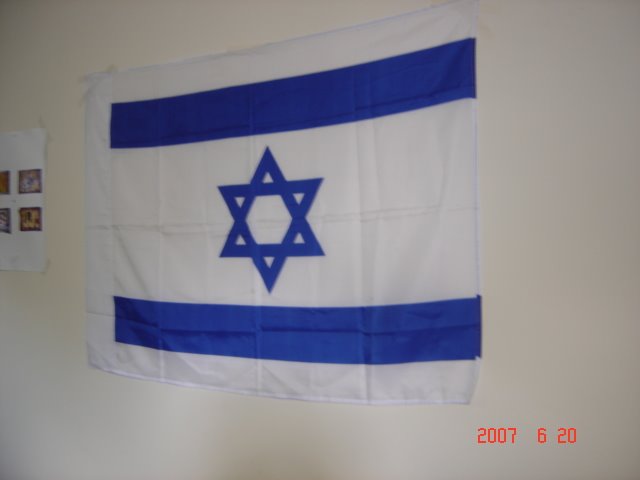Parshas Tazria 5768
Tzaraas: Spot Checks
The Mitzvah
The appearance of tzaraas, a leprous spot upon man's skin necessitated a check by the kohen who would determine whether this rendered him as spiritually impure (Vayikra 13-14).
One point worthy of reflection, in the realization that tzaraas was a spiritual rather than a physical malaise, is why this specifically develops upon the skin.
Granted that this was due a spiritual default within the person – such as haughtiness or speaking lashon hara, evil speech. But why the "spot check" appearing on the body's surface? Why this peculiar outer manifestation of the inner defects within man?
The transition in Adam's primeval sin, as we've discussion upon other occasions, was from a body radiating an incandescent Ohr, "light" in G-dly service to a more physical body with Oyr, "skin" that blinded and veiled the inner soul within man. The word Oyr, "skin" is related to Ivver, "blind person" because in his diminished, fallen state, his body now took on a layer of skin. It became a veil rather than a reflector to reveal the divine in the universe.
Skin is the layer of separation, the interface between within and without.
In a sense, it is the symbolic boundary between the soul within man and the body that covers it. Accordingly, this powerfully evokes the tragic result of sin, as originating in the Garden of Eden, as an "strengthened" barrier constructed between man and G-d.
In past generations, people were clued into their spiritual performance. Where they lapsed by not living up the ideal, there immediately surfaced an external manifestation and clear indicator of their inner defect. This was a supreme act of divine kindness as it enabled them to quickly fix their wrong-doings. And to take steps to remove this undesirable blockade.
Here tzaraas formed upon the skin to indicate the presence of a "spiritual" blockage, or the partial withholding that was preventing the Pneimiyus, "the inner essence" within man's soul, to be fully revealed and illuminated outwards.
Such contamination affects the essence of man's spiritual endeavors. And in the same way the total withdrawal of the life force from within the person radically impacts upon the composure of the body, so too, explains the Kuzari, does the withdrawal of even some of the divine light within man also result in a changed appearance as evident in tzaraas.
Like a sewage, drain or pipe blockage requires a plumber for the system to be fully functional, so too, is the employment of a religious plumber necessary in order to remedy the spiritual failings externally manifest in the tzaraas.
Enter Mr. Kohen.
The task of the kohen was to spiritually unblock the obstacle and readdress the causes of the sin. He admonished the sinner to cleanse out the contamination clogging up his soul and to eject evil from within. That called for his full repentance for his iniquities. And who better than the kohen? He was tuned into the concept of Pneimiyus, "internality" where his whole being was devoted to the worship of G-d in the Sanctuary and whose head, the kohen gadol, was the one to enter the Kodesh Hakodoshim, "the inner sanctum" on Yom Kippur.
Only through employing the greatest efforts to demolish this blockage, can the inner holiness be revealed. The tzaraas vanished once his repentance was complete.
Our task today, albeit where this mitzvah has no practical application, is to contemplate our actions, speech and thought and unblock all those sinful attempts to conceal His Presence. We have to invest all our efforts in making our beings a conduit to reveal G-d in the universe.




